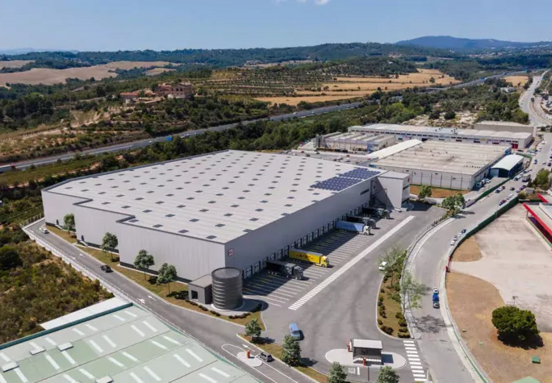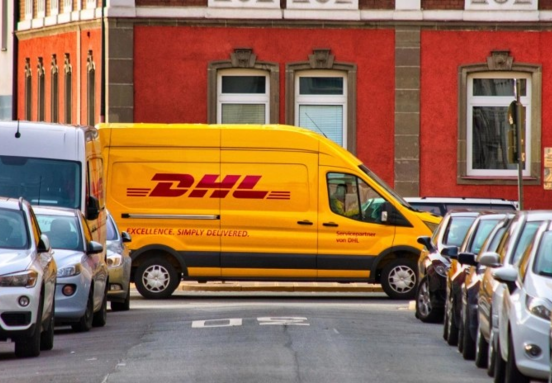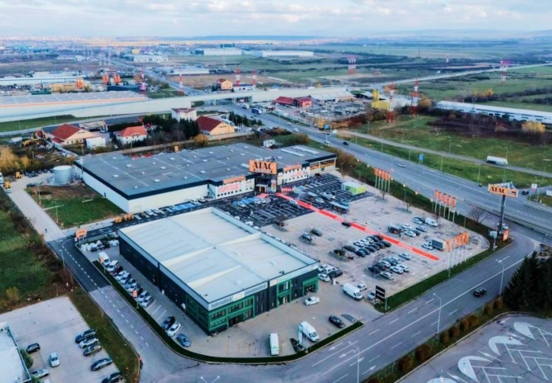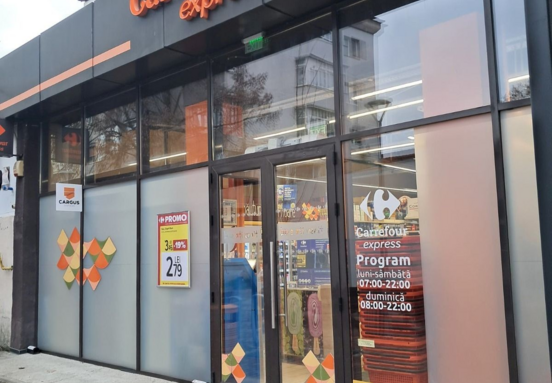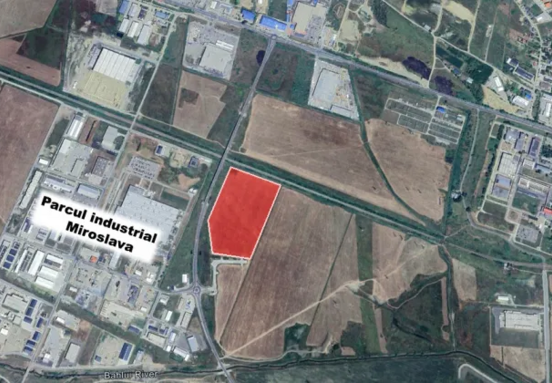The repairs may cost over EUR 40 million, which is almost 30% of the total construction cost of the whole 22-kilometer highway sector, which stood at some EUR 137 million (VAT not included), according to Romania Libera newspaper.
The highway segment, which also includes the tallest viaduct in Romania, was inaugurated on November 14, 2014, just days before the second round of the presidential elections, in which Prime Minister Victor Ponta ran and lost to former Sibiu mayor Klaus Iohannis.
The first problems appeared just a couple of months after the inauguration, when the first cracks in the pavement appeared. The highways company initially said the cracks were superficial and tried to cover them up. However, the rift continued to widen, signaling structural problems.
After excavating some excavation work water infiltrations were found 8 to 10 meters under the highway’s surface, where the clay bedrock should have been dry. The drains that should have diverted the water didn’t seem to work and might need to be remade, according to a CNADNR document quoted by Romania Libera.
While the CNADNR representatives admitted there were two or three areas along the highway segment that had problems, former transport minister Alexandru Nazare said that, in reality, there were 6 or 7 such areas, which had big quality issues.
A technical expertise conducted by a local engineering firm found several problems that may have been caused by the building techniques and the materials used by the highway’s constructor, Italian group Impregilo Salini. This led to CNADNR’s claims that the responsibility for the problems lied with the contractor.
However, Impregilo has some strong arguments in its favor, as the constructor was pressured by the CNADNR into opening the highway segment earlier, despite not having finished the consolidation work. The highways company can pay Impregilo an additional 20% of the contract’s value, or some EUR 27 million, for the repairs. The whole project is financed with EU money.
It is uncertain however, what will happen and who will have to pay for the damage, in case the repairs are not finished by the end of the year, when the 2017-2013 contracting period for the EU funds ends, or who will pay for the difference in case the total value of the repairs is higher, according to Romania Libera. (source: Romania-insider.com)
